A collection of notes from all the sections of this website
Notes
Art notes
On book and zine layout
Document setup Document size my standard for zines is:
Binding Margins and bleed Typography columns baseline grid Creating templates layers:
text art bg use paragraph styles for most things
toggle style override highlighter to see all the text that doesn’t just have a paragrah style to clean up things Links and Resources Practical typography https://type-ed.com/resources/rag-right/2015/10/01/secret-setting-balanced-block-copy
Occult Correspondence Print Club
I run a monthly print club on patreon through which you can send me a monthly donation of 45$ cad and in exchange receive an art print (sometimes accompanied by extra paraphernalia) from me every month in the mail. Every subscription helps me dedicate more time to my art.
How does it work? Once you join the print club on patreon , you’ll get access to my posts on there.
Work with me
Table of contents Professional Commissions Personal Commissions Sliding scale Contact Professional commissions I am happy to work with bands, artists, writers, publishers, event organizers and small businesses for projects of small size (like the artwork for an upcoming album) or larger size (multiple illustrations and layout for a publication).
I can create work suitable for editorial, publishing, merch, packaging and website projects and provide the appropriate digital files for printing if need be.
Printing tips
Preparing for printing Soft Proofing Links Preparing a document for printing Colors Work in RGB and only convert to CMYK when generating the press-ready pdf.
It is also recommended to calibrate your monitor with hardware calibrator to ensure that the colors you see are as close as possible as the final result will be.
Another good trick to preview a document contrast and colors on a screen is to lower the brightness of the around 50%, or even better, bring a sheet of white paper against it and lower the brightness of the screen until it is as close as possible as the sheet of paper.
Film look on digital
Shooting settings: 24 fps 1/48 or 1/50 shutter speed picture settings -> sharpness to lower setting f2.8 minimum Grading steps: add grain lift midtones make sure shadows are not totally black bring highlights towards magenta bring midtones towards green / yellow add a flicker layer with overlay blend mode Add halation add a slight vignette Links and resources Cineprint
Relief printmaking
Relief printing or print-making is a really old technique used to reproduce images. Its history goes back to around 500BC with Egyptians using it to print on fabric and later on seals carved out of stone by ancient Chinese people. It has been used to illustrate books for a good chunk of history before photolithographic processes replaced it.
It is one of the simplest method of image reproduction and doesn’t require much specialized tools (unlike lithography or screen printing for example) which makes it perfect for people who want to start experimenting with print making.
Research links
References, archives and research material on illustration and art
Table of contents Essays and interviews Archives References Essays and interviews Interview – Denis Forkas Kostromitin – Exploring Death Through Occultism And Art The travelling theory of art Archives The ISFDB is a community effort to catalog works of science fiction, fantasy, and horror Artvee, archive of public domain classical artworks Heavy music artwork Courses and drawing practice Secrets of shading How to think when you draw The Complete Bridgman fantasy art workshop References Paper sizes Diverse body templates for tattoos Portraits of trees Human anatomy for artists A collection of old book illustrations “Invention, it must be humbly admitted, does not consist in creating out of void but out of chaos.
Symbolism in art
The Three Fates by Alexander Rothaug Table of contents Overview and themes Notable artists Overview and themes Symbolism was a literary and visual art movement from the late 19th century of French, Russian and Belgian origins. Literature, myth religion and poetry are it’s main sources of inspiration material, with artists drawing from old mythology, medieval poetry and more modern pieces like Les Fleurs du Mal from Charles Baudelaire as inspiration for visual pieces.
Music notes
Music theory
This page is still very much a work in process and some stuff is definitely wrong on there, use at your own risk. Intervals Scales Keys Modes Chords Rhythm Composition and structure Resources c d e f g a b c d e f g a b This little keyboard will follow us along, hover the notes to see their names Intervals In western tonal music, the musical range of instruments is subdivided into 12 equal parts separated from each other by a half-step (which on a keyboard is the jump from one note to the next).
Production notes
Table of contents Synths and Leads Bass Drums Resources Synths and leads Trance gate Create two tracks, put a synth on the first one with a melody (long notes and pad like sounds work well). Then put a synth on the other track with a short snappy enveloppe and create a rythmic pattern of notes with it, then turn off this track. go back to your first synth track and set the sidechain on the gate to take the second synth track as input, then adjust the gate settings until you hear the first synth playing the rythm of the second track.
Vocal processing notes
Table of contents Layers Effects Layers Layering vocals with more takes of the same lead (called doubles), harmonies and fills creates a much richer and fuller sound giving more energy and presence to the vocals in a track.
Doubles Doubles are two other takes of the lead melody sung in the same way with the same pitches, these are then panned all the way left and right and if needed can be chopped and ajusted to fit the rythm of the main lead.
Field Recording
These are my personal notes and reference for field recordings. I researched and wrote those in preparation for a trip to some neolithic sites and caves in Ireland with the goal of making recordings there and using them on my upcoming album.
Microphone on a handle, connected to a small recorder Table of contents Intro to field recordings Techniques Equipment Recording Settings Data Storage Links A short intro to field recordings Field recording refers to all audio recordings performed outside of a controlled studio environment.
Mixing notes
Table of contents mixing process focussed listening midrange-focussed mixing The Mixing Process Organization Volume Panning Equalization Double checking Exporting stems Organization Tips
Group all related tracks together (drums, voice, synths, etc.) and color-code them. Name all the tracks in a way that makes it easier to find what is what. Remove all unused tracks and sounds.
Research links
Instruments Early music shop Irish bones McNeela Irish instruments Bodhran Music production Music Giant list of anti-fascist metal bands
Craft notes
Command line tools
Basic navigation // move to a folder (change directory): cd /Users/Liz/photos/ // list files in current folder: ls Image manipulation These snipets use image magick to manipulate, convert and dither images
convert png to jpg // single image: magick image.jpg image.png // batch process all images in a folder: magick mogrify -format jpg *.png resize and dither // single image: magick convert image.jpg -colorspace Gray -ordered-dither o8x8 image-low.jpg // batch process all images in a folder: Resources Image Magick
Emergency kits
Table of contents General tips EDC Kit Emergency Bag Car Emergency Kit General tips Adapt the different kits to their uses and the climate in which you live in.
Only put stuff in your kits that you know how / have the skills to use.
Check your emergency kits at least one a year and replace anything that’s expired, corroded or broken. That way when you need it you’ll know the stuff in it will work.
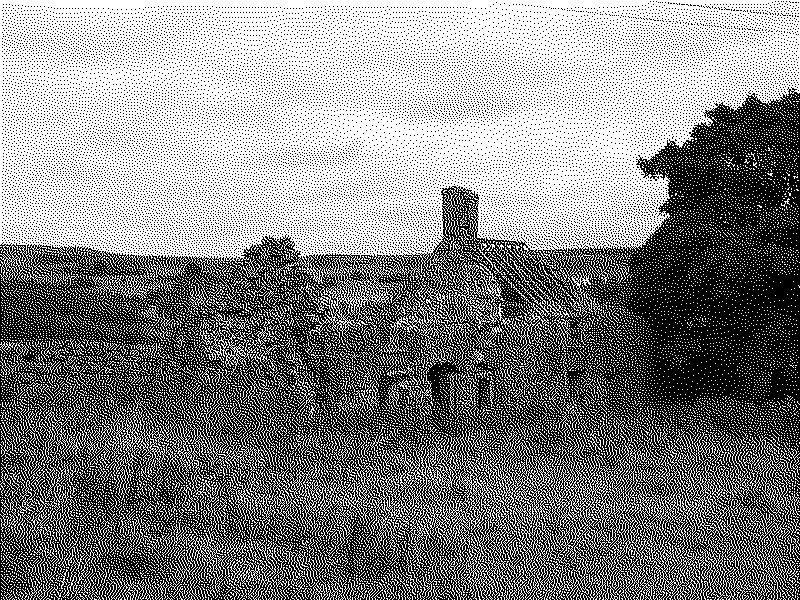
Cottage restoration
Derelict cottage in the Irish landscape Table of contents Glossary Finding a cottage Inspection and survey Planning Walls Floors Roof Windows and doors Heating Resources I’m building this page to collect my notes, research and resources on the restoration of traditional Irish cottages. It is a project I’m planning to do with some help in the future when we move to Ireland so I’m doing a lot of prep and research work in advance to be ready when we get to it.
Tattoo station setup
Table of contents Setup Teardown Green soap recipe Setup Step 1: setup surface Wash your hands Put on gloves Spray top of station with water or alcohol Cover top of station with plastic film, leaving some overhanging Cover power supply with bag Tape a dental bib on top of station Step 2: prepare supplies If making a large tattoo or one with a lot of a color of ink it's best to take out more ink cups and fill them than having to refill during the tattoo Take out these supplies and lay them on the station: new disposable razor machine bag (cut a corner) disposable grip (drop without touching) clip cord bag (only touch ends) wash bottle bag rubber nipple ink caps small strip of tape enough strips of paper towels for the tattoo Cover green soap bottle with a bottle bag, while touching the outside of the plastic as little as possible, making sure to cover the bottom, then put it on the station Using a wooden stick, scoop some vaseline and then using the other side scoop some shea butter (or other tattooing lotion), then put the vaseline on the top of station to hold the stick in place and stick it in in with the vaseline and lotion on top Get your ink caps out, dip the bottom of them in vaseline and stick them to the wooden stick Get the needles that you’ll need for the tattoo out and put them on the station Step 3: prepare machine Keep the machine and clip cord on the tattoo bed until they are fully bagged to prevent cross-contamination of the clean station Slide clip cord in clip cord bag while touching the bag as little as possible, protect part of clip cord closest to the machine Plug clip cord in power supply and keep the other end covered with the bag on the station Take the disposable grip and slide the tube part through the small hole in the machine bag, then reverse the bag on your hand and the grip Grab your machine and attach it to the grip, then pull back the machine bag on the machine Plug the clip cord in the machine and tape the machine bag close, now you can put the machine on the station step 4: prepare tattoo bed Once everything is off the tattoo bed, spray it with medical disinfectant and leave it on for the maximum kill time Wrap the area where the tattooed body part if gonna be, plus a bit larger with plastic film If using an arm rest, clean it and cover it with plastic film too Step 5: Prepare and apply stencil Step 6: pour ink Once the stencil is applied and drying, put a new set of gloves Shake your ink and pour it in the ink cup and get ready for tattooing Teardown Wash your hands and put on gloves Remove needle from grip, put all needles in needle disposal container Remove the plastic covering the tattoo bed without touching the top surface, wrap it in a ball and throw it away Remove grip from machine and leave it on the station Drop machine and cable out of plastic on the tattoo bed, leave the bags on the station drop the wash bottle out of its bag onto the bed without touching it and leave the bag on the station Wrap all the stuff on the station in the plastic without touching the top surface and throw it away, removing your gloves at the same time Put on a new pair of gloves Spray the tattoo bed, station top, machine, wash bottle, clip cord and power supply with medical disinfectant and leave on for the maximum length of the kill time Green soap recipe In a 16 oz wash bottle mix the pure green soap with distilled water in a ration of 1 part green soap for 8 parts water.
Tattoo stencil
Table of contents find size Copy stencil Prep skin Apply stencil Step 1: Find design size Print the design in black and white in a size that seems good for the placement Cut around the printed design and try it on the body of the client, making sure the size is good If needed, resize with the printer, print again and double check the new size Step 2: Copy stencil by hand Once the good size was found, get a sheet of stencil paper and remove the tissue paper barrier Tape the printed design on top of the stencil paper to prevent it from moving Using a ballpoint pen, trace over the lines of the design while applying good pressure Before removing the design, make sure all the lines are copied Remove the taped design and cut the stencil to size Place it onto the tattoo bed, stencil side up Step 2: Copy stencil with a thermal stencil machine Once the good size was found, tape the design on a blank sheet of paper, leaving some room at the bottom Get a sheet of stencil paper and remove the tissue paper barrier Place the stencil paper in the machine Place the sheet with the design in the machine Press copy and hold the stencil paper with both hands slowly pulling on it while it copies the design Once the copy is done cut around the stencil and place it onto the tattoo bed, stencil side up Step 3: Prep skin Wash your hands and put on some gloves Take your razor and shave very closely the area you’re gonna tattoo + around 2 inches After the skin is shaved, use an alcohol pad or prep stuff to sterilize the skin Step 4: Apply stencil Once the alcohol has dried, apply a moderately generous amount of stencil stuff to the area, spreading it with your finger to get an even thin coat Hold the stencil over the area and when really sure of placement apply it onto the skin starting from the middle Slowly stick the rest of the stencil to the skin with your finger working from the middle towards the outside Rub it slightly when it’s all stuck to the skin Slowly peel the stencil off Leave to dry for around 10 minutes
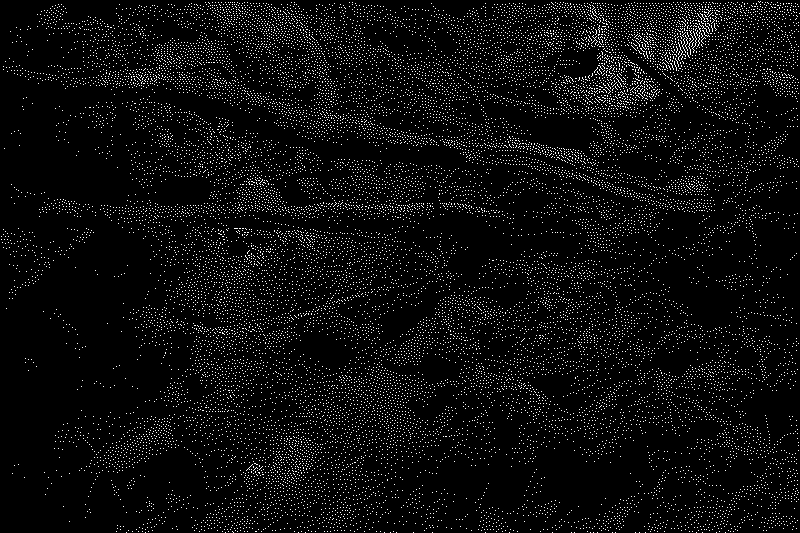
Agroecology and Rewilding
Small stream with native plants and logs Table of contents Introduction Concrete examples Links Introduction There’s no mystery that our relationship to nature and the way ecosystems work has shifted dramatically over time, basically almost from the time we started large scale cultivation of crops. Things got further aggravated during colonization with the import of exotic plants, animals and bugs that disrupted the existing relationships and balance present in the native ecosystem.
Research links
Where I keep my references for crafting, woodworking, low-tech, permacomputing and low-bandwidth web projects.
Table of contents Small web Woodworking Tools Electronics Drawing Other crafts Small web Local first apps Notes on writing better image alts Notes on permacomputing Solar protocol for solar powered websites Woodworking Reproductions of early furniture Tools A very complete website on billhooks A website with a lot of instructions on how to make things, all kinds of things The museum of other things Electronics How to broadcast to a CRT TV with a raspberry pi Tool to develop and prototype eurorack modules PCB manufacturing website Drawing and illustration tool to find animal references in a specific angle Other crafts Atelier able - ancient pottery reproduction source for lamp parts
Tattooing
Table of contents Terms Tools Supplies Technique Safety Links Terms CYCLE; Refers to the cycle of motion of the motor of the tattoo machine, pushing the needle out and back in the tube. DWELL TIME; How long the needle is staying in the skin during it's cycle. GIVE (or SPRINGYNESS); The less dwell time a machine has the more springiness or give it has.
Make yourself a website
Table of contents Interesting websites Practical knowledge The same way as I can’t imagine living in a space designed and decorated by someone else based off a generic pattern, I can’t imagine my words and my work exist solely in the conformist and reductive spaces that are current day social media apps. When making this website I craved the freedom that I felt when I first started interacting and making stuff on the web as a kid.
Wood species
First and foremost, the most sustainable form of timber is reclaimed wood. Good sources of reclaimed wood are wooden pallets (commonly built of white oak if the wood is hard or pine if soft), timber from demolition of buildings and barns, old furniture. You can find more information on identifying pallet wood here: Identifying pallet wood .
Notes on sustainably harvested timber: buying European wood is usually a good choice because since 2010, the EU Timber Regulation enforced the replanting of trees, better forest management and limiting annual harvests.
Low-tech
Table of contents Examples of low-tech Resources With the ongoing climate crisis, the destruction brought forth by the unsustainable push for constant growth of capitalism and a world filled with increasingly complex and disposable machines and tools, there is very strong need to scale down and simplify our technology and engineering.
Design has become on a lot of ways a self-referential discipline, focussing more and more on aesthetics over creative problem solving or, at the even more basic level, just taking the time to see if there is a problem to solve.
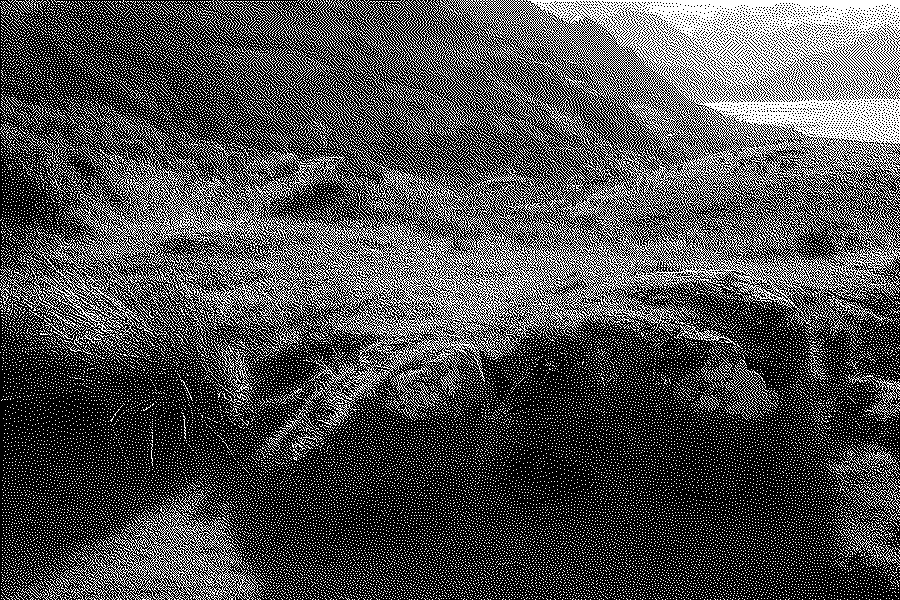
Off-grid living
This is a very organic gathering of my notes and research on living off-grid, either in a home or in a vehicule (like a boat or a van). I have a dream of building a timber framed house in the woods at some points and to have a van or a boat setup for short-term living so these notes act as preparation, planning and inspiration for those projects.
Folklore notes
Way of life
This is in no way intended to be general advice or universal truth, it’s what worked for me in life so far. These are the result of a long distillation process, introspection, life experiences, therapy and meditation. It will definitely change in the future, like myself. It is written in that form as a message from present me to future me.
Table of contents Listen to nature Know your feelings Trust your body Set boundaries Take accountability Practice gratitude Learn your privilege Tend to your insecurities Be honest with yourself Commitments not tasks Cultivate a relationship with nature Nature is always there somewhere, even in the most brutalist city corners and we’re part of it.
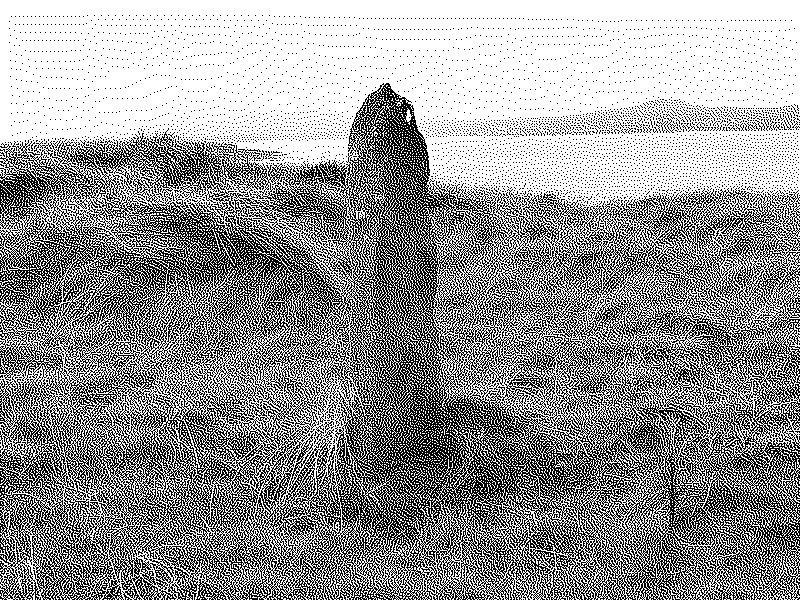
Ogham
Ogham stone in a grassy field Ogham is more recent than the old norse and germanic runes, it was developed during the middle ages to write the archaic Irish language and used mostly during the 4th and the 6th century CE.
Table of contents Origins and history Ogham alphabet Links and references Origins and history The first archeological evidence of the use of ogham is around 300AD.
The ghost is part of the earth now
I no more feel like a ghost, i feel like the earth, the soil with it’s deep and complex network of roots and mycelium, with a whole ecosystem of bugs and living things crawling around. I can feel the cover of dead leaves and rotting fruit accumulated on top of me, not hindering my feelings but comforting like a blanket, protecting the bulbs and the nuts that fell on the ground at the turn of the seasons, allowing them to slowly get ready to bloom in the spring, feeding on this bed of decomposing remnants from the past.
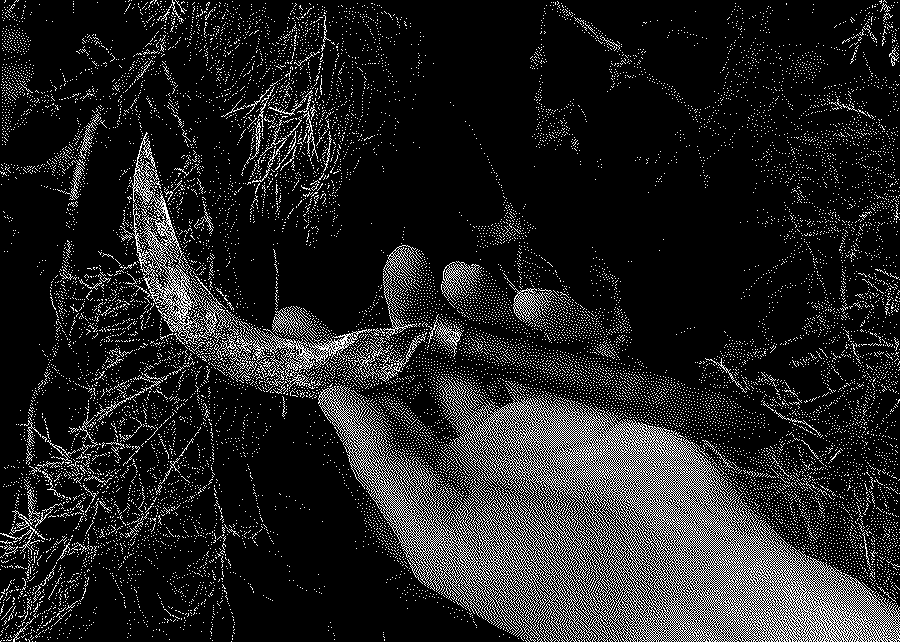
Druidism
Hand holding small boline Table of contents History Celebrations Links History of druidism Very few sources concerning the druids of the Iron age subsists to this day, most of the being accounts from Greek, Roman and christian sources. It can be interpreted from these texts that the modern image of the druid as a priestly figure presiding over sacrifices, rituals and the conservation and sharing of wisdom was mostly found amongst the druids of Gaul.
Irish Language
I'm building up this page as I'm learning, it will change and grow quite a bit over time Table of contents Alphabet Resources Irish alphabet The traditional Irish alphabet consists of 18 letters a, b, c, d, e, f, g, h, i, l, m, n, o, p, r, s, t, u. It doesn’t include the letters: j, k, q, v, w, x, y, z although these can be used for loanwords.
Bealtaine
Bealtaine (or Belltaine in Old Irish), which means “the month of May” or “the month of the beacon-fire” is an ancient Celtic festival and celebration that takes place on May 1st in the northern hemisphere. Beltane marks the first day of summer and the beginning of the pastoral season, when livestock would be driven out to their summer pastures.
Beannaich, a Thrianailt fhioir nach gann, (Bless, O Threefold true and bountiful,) Mi fein, mo cheile agus mo chlann, (Myself, my spouse and my children,) Mo chlann mhaoth’s am mathair chaomh ‘n an ceann, (My tender children and their beloved mother at their head,) Air chlar chubhr nan raon, air airidh chaon nam beann, (On the fragrant plain, at the gay mountain sheiling,) Air chlar chubhr nan raon, air airidh chaon nam beann.
Earrach
Earrach marks the spring equinox, the balance of day and night. It is celebrated on March 20th in the northern hemisphere.
Associations Symbols:
Colors:
Herbs and plants:
Trees:
Links and references
Fómhar
Fómhar marks the balance of night and day, the autumn equinox. This festival is celebrated on September 22 in the northern hemisphere. The name comes from Middle Irish fogamur (“harvest”) and from Old Irish for autumn.
It is a time to mark the start of the harvest season.
Associations Symbols:
Colors:
Herbs and plants:
Trees:
Links and references
Gheimhreadh
Gheimhreadh marks the winter solstice, the longest night of the year. It is celebrated on December 21st in the northern hemisphere.
Associations Symbols:
Colors:
Herbs and plants:
Trees:
Links and references
Lúnasa
Lúnasa (which means “the month of august”) is an ancient Celtic festival and celebration that takes place on August 1st in the northern hemisphere. Lúnasa marks the beginning of the harvest season.
This festival is associated with the old god Lugh.
Associations Symbols: Colors:
Herbs and plants:
Trees:
Links and references
Samhain
Samhain (which probably comes from the Old Irish samfuin, meaning “death of Summer”) is an ancient Celtic festival and celebration that takes place on October 31st in the northern hemisphere. Samhain is a feast that marks the end of the harvest and the beginning of the winter half of the year.
Samhain is one of the fire festivals, at which large bonfires were (and sometimes are still) lit. Around them, great gatherings and feasts were held in celebration.
Samhradh
Samhradh (which translates to summer) marks midsummer, the summer solstice and the longest day of the year and the time when the sun is in it’s highest position in the sky. It is celebrated on or around June 20th in the northern hemisphere. In Ireland, it was overshadowed by St-John’s eve or bonfire night over the years.
Rituals and traditions Lighting of bonfires Bonfires were lit at night of Samradh, from these bonfires, burning branches (or sometimes ashes or coals) were brought into the fields that were planted that year and scattered there to help the crops yield a good harvest.
Witches Flying Ointment
Flying ointment or salve is a potentially hallucinogenic and highly toxic blend of plants in a fatty base that appears in folklore, fiction and books relating to witch hunting dating back to the middle ages. There’s still quite a bit of debate amongst folklorists and researchers on whether such ointments actually existed, if they actually contained the toxic and hallucinogenic plants often associated with them and whether they are one of the sources of the myth of the witch flying on a broom (the theory being that witches would craft mind-altering flying ointment, apply it on a broom stick and “ride” it in order to “fly”, in a combination of sexual stimulation, trance state and possibly vivid dreams and visions of flying).
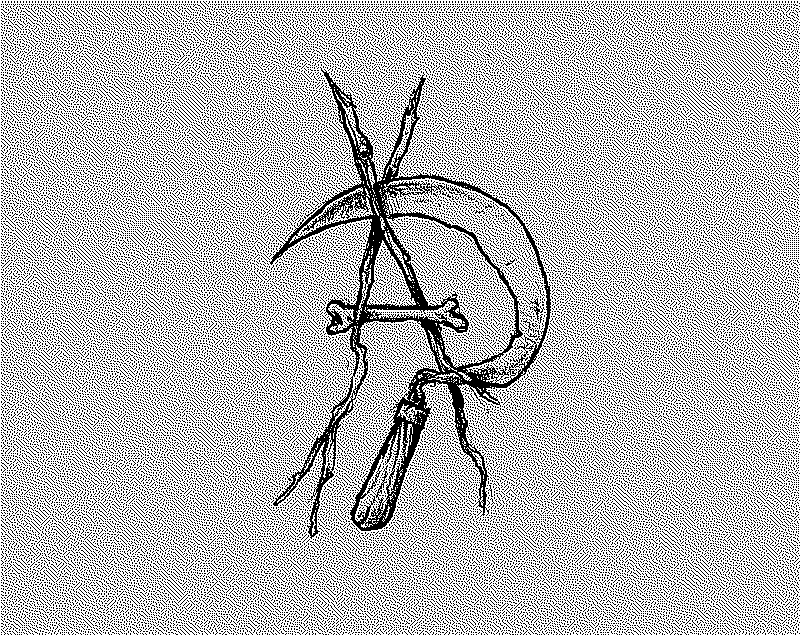
Post-Civilization Anarchism
Post Civilization is an idea that I’ve first encountered when I was about 18, still in university, very much a self-described anarchist and at the time quite active in the student movements. Revisiting this idea of a way of living post-civilization that is more sustainable, more equal and more fulfilling still rings true 14 years later with the current climate crisis and the constant train wreck of late-stage capitalism.
The first iteration of that philosophy comes from a small zine published by Strangers In a Tangled Wilderness called Post-Civ!
Imbolg
Imbolg is an ancient Celtic festival and celebration that takes place on Feburary 1st in the northern hemisphere. Imbolg is a fire festival celebrating the promise of the return of spring or the rekindling of the solar hearth.
This festival is associated with the goddess Brigid (or Bríg) who is associated with wisdom, poetry, arts and crafts, healing, protection, blacksmithing and domesticated animals. It is said that Bridgid started the custom of keening.
Magical Correspondences
Correspondences are links between different symbolic ideas, objects, moments and ingredients. These are useful in different magical and alchemical practices to enhance the effect of a spell or ritual. I also find them useful as reference to create symbolic artworks , create sigils or to be used as a guide and tool for introspection and self-discovery.
Day correspondences Day Intent Planet Astrological sign Element Colors Deities Monday Emotions, dreams, clairvoyance Moon Cancer Water White and greys Selene, Luna, Diana, and Artemis Tuesday intent Mars Scorpio Fire Red and warm shades Mars, Ares Wednesday Communication, writing, art, creativity, mental activities Mercury Gemini, Virgo Air Yellow, grey and mixed hues Mercury, Hermes Thursday Intentions, abondance, goals, opportunities Jupiter Sagittarius, Pisces Fire Blue and purple Zeus and Thor Friday Love, friendship, emotions, beauty, sex Venus Libra, Taurus Air, Water Green, light blue, pink and copper Venus, Aphrodite Saturday Retribution, banishment, protection Saturn Capricorn Earth Black and dark shades Saturn, Hecate Sunday intent Sun Leo Fire Gold and orange Helios, Apollo, Lugh, and Bel
Planetary magic
Table of contents Classical planets Modern planets Links and references The seven classical planets The Sun ☉ Representative of the ego, the self, the identity. Strong and powerful.
The modern symbol of the sun, the circumpunct, was first used during the Renaissance, it represents Apollo’s golden shield with a boss. The older medieval symbol (and alchemical symbol of gold) was a disk with a ray 🜚. In alchemy, the sun is the supreme light, the cyclical nature of the process and is associated with the conscious, energy and the ego.
Research links
Where I keep my references for folklore, ancestry and magic research
Table of contents Folklore Ancestry Magic Folklore A website dedicated to the irish bones ancient instrument The collections of the Worcester museum The Met museum Museum of Ireland Gallica - a library of old books, manuscripts and documents The Public domain review Pictures and engravings from old books A blog on medieval woodworking A collection of horror stories in the public domain An archive of old irish documents and photographs An in-depth article about polish painted cottages A great video on wassailing The Spirit Photographs of William Hope A website on the occult sides and folkore of Paris Irish traditionnal music archive The English collections at the Pitt rivers musem London Burial Grounds Special collections of the St-Andrews University Plant lore, legends and lyrics Collection of standing stone photos A website on mudlarking on the shores of the Thames A website on misericord carvings An archive of paintings of megalithic sites Place names in reland The Beast of the Gévaudan Early Celtic art Mythical Ireland Celtic sun worship A Medieval bestiary complete guide to heraldry Website on megaliths of Ireland Ancestry Roots deeper than whiteness Magic and alchemy A very deep website on alchemichal symbolism Ambix, a publication on alchemy The Order of bards, ovates and druids An old pagan network Independent publisher of occult books Hermetic library The Museum of Witchcraft and Magic The internet sacred text archive Putressence, hermal alchemy for death rituals
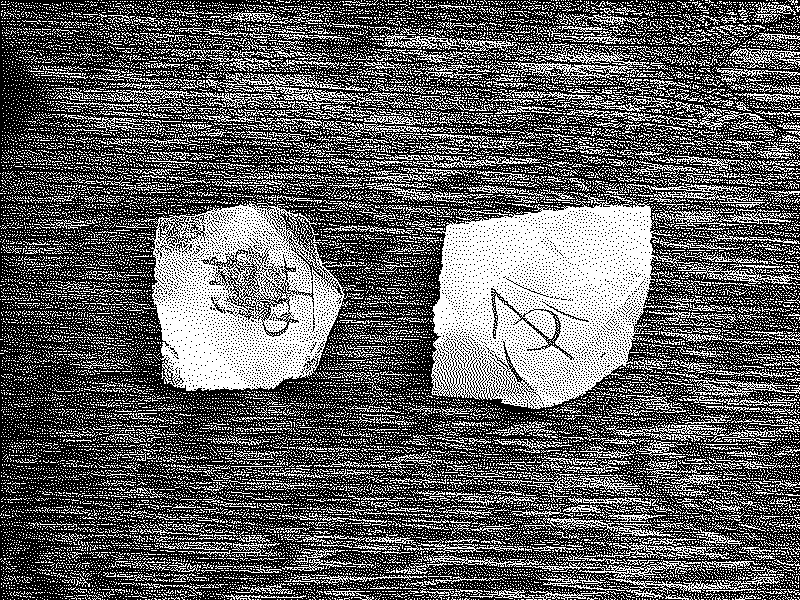
Sigils and occult symbols
Table of contents What are sigils Austin Osman Spare Intuitive Sigils Word Method Rose Cross Method Planetary Square Method My own sigil work Links and References What are sigils A sigil, in it’s simplest form is a type of symbol used in a magical or ritual practice. The term sigil derives from the Latin sigillum, meaning “seal” which becomes clear when looking at the seals in the Key of Solomon for example.
Wyrd terms
Here is my ever-growing collection of wyrd terms collected online, in books and in conversations. Getting familiar with these concepts and integrating these words in my vocabulary is part of my commitment to re-enchantment.
ANTHROPODERMIC BIBLIOPEGY; The practice of binding books in human skin. APOTROPAIC; Intended or having powers to ward off evil. ARBORGLYPH; The carving of shapes and symbols in the bark of living trees. TO DITHER; To tremble of shiver with cold (provincialism from Yorkshire).
CreatedDec 18, 2024
Last tendedSep 16, 2025
Last tendedSep 16, 2025